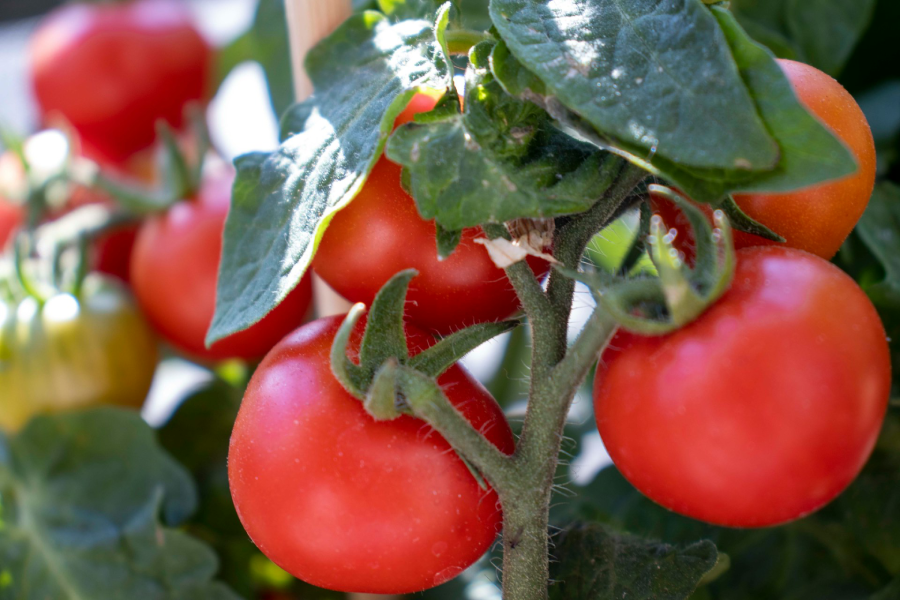Discovery of Key Enzyme in Xanthomonas Pathogens Offers New Insights for Plant Disease Management

Plant diseases present a substantial threat to agricultural productivity, necessitating effective identification and management strategies. These diseases can propagate swiftly, causing extensive crop damage and significant economic losses. Accurate pathogen identification is essential for implementing targeted interventions that reduce these risks.
Recent research, published on June 19, 2024, in the Journal of the American Chemical Society, highlights a notable advancement in understanding plant pathogens. A research team led by Associate Professor Masahiro Nakajima from Tokyo University of Science has identified a key enzyme, XccOpgD, in Xanthomonas campestris pv. campestris. This enzyme is crucial for the synthesis of α-1,6-cyclized β-1,2-glucohexadecaose (CβG16α), a compound that impairs plant defense mechanisms.
Xanthomonas species are known for affecting a wide range of crops, including rice, wheat, and tomatoes. These pathogens use CβG16α to inhibit plant defenses such as the expression of pathogenesis-related proteins and callose accumulation. The identification of XccOpgD, a glycoside hydrolase (GH186), provides valuable insight into the enzyme’s role in CβG16α production and its impact on plant disease.
The research team, which included Mr. Sei Motouchi, Principal Scientist Shiro Komba from the Institute of Food Research, NARO, and Hiroyuki Nakai from Niigata University, utilized advanced biochemical and structural techniques. X-ray crystallography was employed to study XccOpgD’s catalytic mechanism and substrate specificity, revealing an anomer-inverting transglycosylation process.
According to Professor Nakajima, this discovery fills a gap in the classification of glycoside hydrolases. XccOpgD’s unique enzymatic activity introduces a new category within the GH186 family, which is essential for bacterial cell wall regulation. The enzyme’s mechanism was found to involve the transformation of linear β-1,2-glucan into CβG16α, with key catalytic residues identified as D379 and D291.
The implications of this discovery extend to potential strategies for managing plant diseases. Targeting XccOpgD or its homologs could offer new avenues for developing pesticides that reduce pathogenicity without contributing to drug resistance. This approach contrasts with traditional fungicides, which can foster resistant bacterial strains in soil.
The identification of XccOpgD and its role in CβG16α biosynthesis is step forward in plant pathology. This advancement promises to enhance disease management strategies and contribute to more sustainable agricultural practices, potentially improving food security and reducing environmental impacts associated with conventional pesticides.


Responses